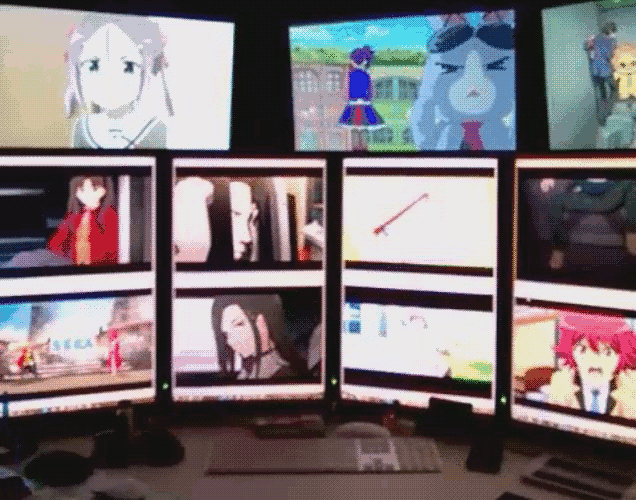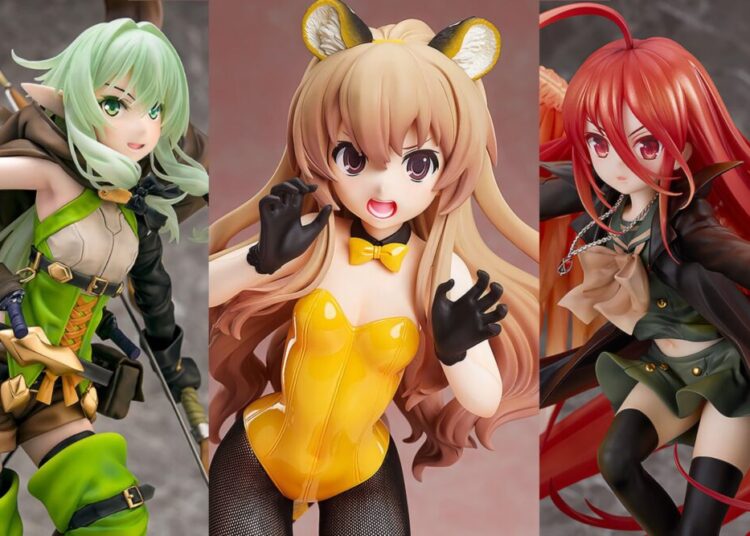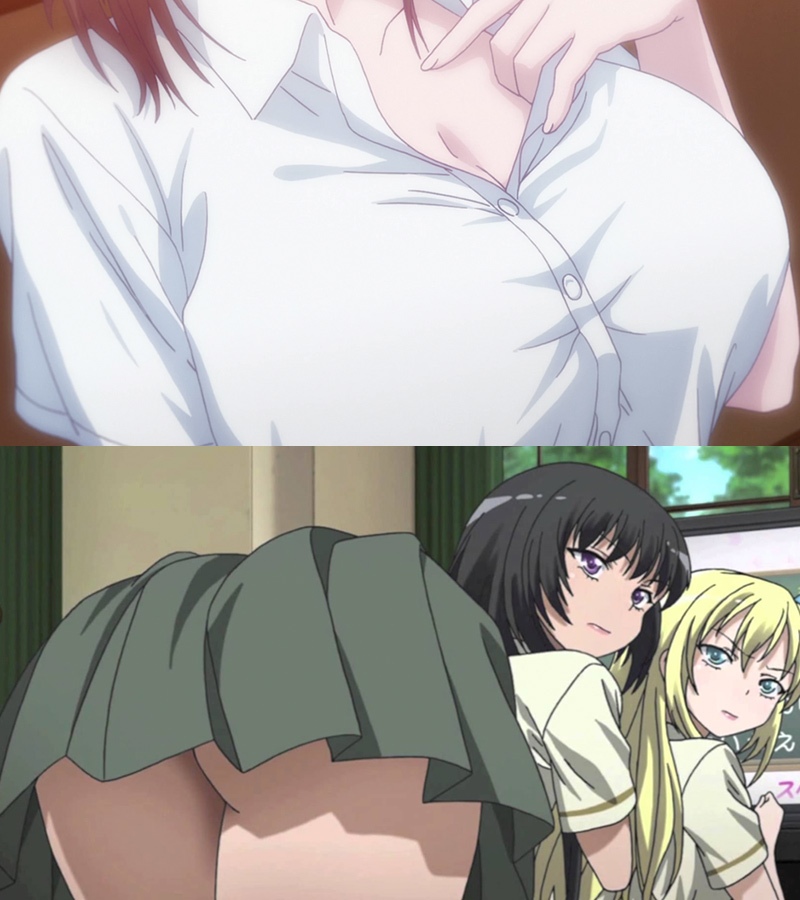
Happy New Year from J-List! We hope that 2020 is a safe and happy year for you and your loved ones! Thank you for your past support of J-List, and kore kara yoroshiku onegai shimasu, which translates to something like, “we will continue to rely on your support in the future.”
The History of Funding in the Anime Industry
The anime world has changed a lot in the nearly 24 years I’ve been running J-List and blogging about the industry. Back then the industry was funded mostly by the huge cash flows that international royalties brought in, but when the DVD licensing bubble burst around 2006, the anime world went through a rough period. Suddenly having to rely less on the West and focus on telling stories domestic audiences would pay to see, studios started exploring new avenues, including a lot of the colorful “my sister’s panties can’t be this cute” fetish elements that have come to stereotype anime today (though they’re actually only a tiny subset of all anime shows).
Then a great thing happened: anime studio Polygon Pictures needed more funding for its new hard SF anime series Knights of Sidonia, and found it in Netflix, the U.S. streaming service which wanted to distribute it under its “Netflix Originals” service. The funding provided by the company made the difference for Sidonia, making the first season profitable and allowing the second season to be made. Other successes followed as the new streaming business model founds its legs, and now a large amount of funding for anime comes from companies like Amazon, Funimation, Crunchyroll, Netflix, and Hulu.
JC Staff producer:
“More than half the revenue for Index, High Score Girl, One Punch Man, Food Wars, and KonoSuba was from international streaming.”— ultimatemegax (@ultimatemegax) December 30, 2019
(This is a bit of an over-simplification, as Funimation and Crunchyroll have been developing this model for years, and deserve full credit for their hard work. But the anime streaming model didn’t really explode until players with super deep pockets like Netflix and Amazon came along.)
The Return of Western Funding of Anime
As I’ve written before, anime is usually created under a system called the “production committee system.” This is basically a risk management model whereby different companies invest money and bring various story planning, marketing, figure-sculpting and other expertise to a project, then share in the profits. Since anime studios aren’t usually overflowing with spare cash, they’re often not able to invest in the production committee, and as a result, they usually only receive a flat fee for creating the actual animation. According to some calculations, it’s possible that Makoto Shinkai only netted a director’s fee of $200,000 for his smash hit Your Name, which brought in $281 million, surpassing even Spirited Away.
So clearly, the arrival of a business model that provides more funding and profits directly to the animation studios, allowing those super-low anime industry salaries to rise, is a good thing. While the “frictionless” nature of the Internet usually causes problems for established industries, making it easy for fans to pirate their hard work, for once it’s working in anime studios’ favor, creating a way to watch that’s even easier than torrenting. And with word that more than 50% of funding for at least some of J.C. Staff’s shows are coming from international streaming, it might mean that this business model is working.

Of Course, Anime Streaming Isn’t Perfect
As would-be fans of BEASTARS living outside of Japan know, the rise of anime streaming services isn’t perfect, as each streaming service wants to monopolize its content to make us subscribe to their distribution channel. BEASTARS is currently only showing on Netflix in Japan (“trapped in the Netflix jail,” as one frustrated fan online described it), though it’s coming to other markets in the coming years. It can be frustrating to subscribe to two or three different anime streaming services, and if you live in a country where they don’t exist, it can be impossible to watch.

Will Western Funding Change Anime?
One thing I think a lot about is, will the rise of Western funding of anime change the nature of the medium that we all love? And I think the answer is yes, to a degree. Some ways I think anime has already changed over the past decade include:
- Some shows are overtly made with an eye on becoming popular abroad and are changing the kinds of stories they tell to presumably fit an “international” audience. Lupin the 3rd Part IV: The Italian Adventure was an outstanding series set in Italy, clearly hoping to enthrall European fans. They even added a James Bond-style adversary for Lupin to do battle with.
- The popularity of CSI and other crime dramas in Japan has created a “police procedural” genre of anime. Just this past season we had three: Special 7, a standard police team solving crimes, but with a supernatural touch; the totally-ignored-in-the-West Stand my Heroes, which followed the same pattern, but with a girl surrounded by hunky men; and Babylon, a highly dramatic series centering around an investigation by a prosecutor’s office. Will this genre one day take over anime, as isekai has currently done?
- Will anime start to suffer from “sequel-itis” like Hollywood does? The announcement of Brave Witches gave me pause, as it felt like something a foreign investment company would suggest. “You know that thing that worked really well once? Why don’t we do it again, 20 times?”
- Other kinds of “Western-influenced” anime stories are bound to arrive, like the excellent Cop Craft, which blended a solid Hollywood-style “buddy cop” with a unique Japanese isekai story. This is not a bad thing at all, but what if Western streaming companies started specifying what kinds of anime they wanted to pay for and end up influencing anime industry the way Steam has done for visual novels. It’s not a problem, as long as creators maintain full freedom to tell the kinds of stories they want.
So in general, I’m super happy to hear that the anime streaming model seems to be working for the animation studios that we love, and am happy to pay subscriptions to various streaming services. Let’s hope the industry is in a much better place at the end of the new decade.
Got any thoughts about the rise of anime streaming in the industry over the next decade? Share them with us on Twitter!
The new year is here, and we’re starting to get in awesome new doujinshi for you to drool over. We’ve already got the limited Iyapan set up on the site if you like girls who show their panties to you while wearing a disgusted face, which is always a great way to start a new year. Browse here!
















